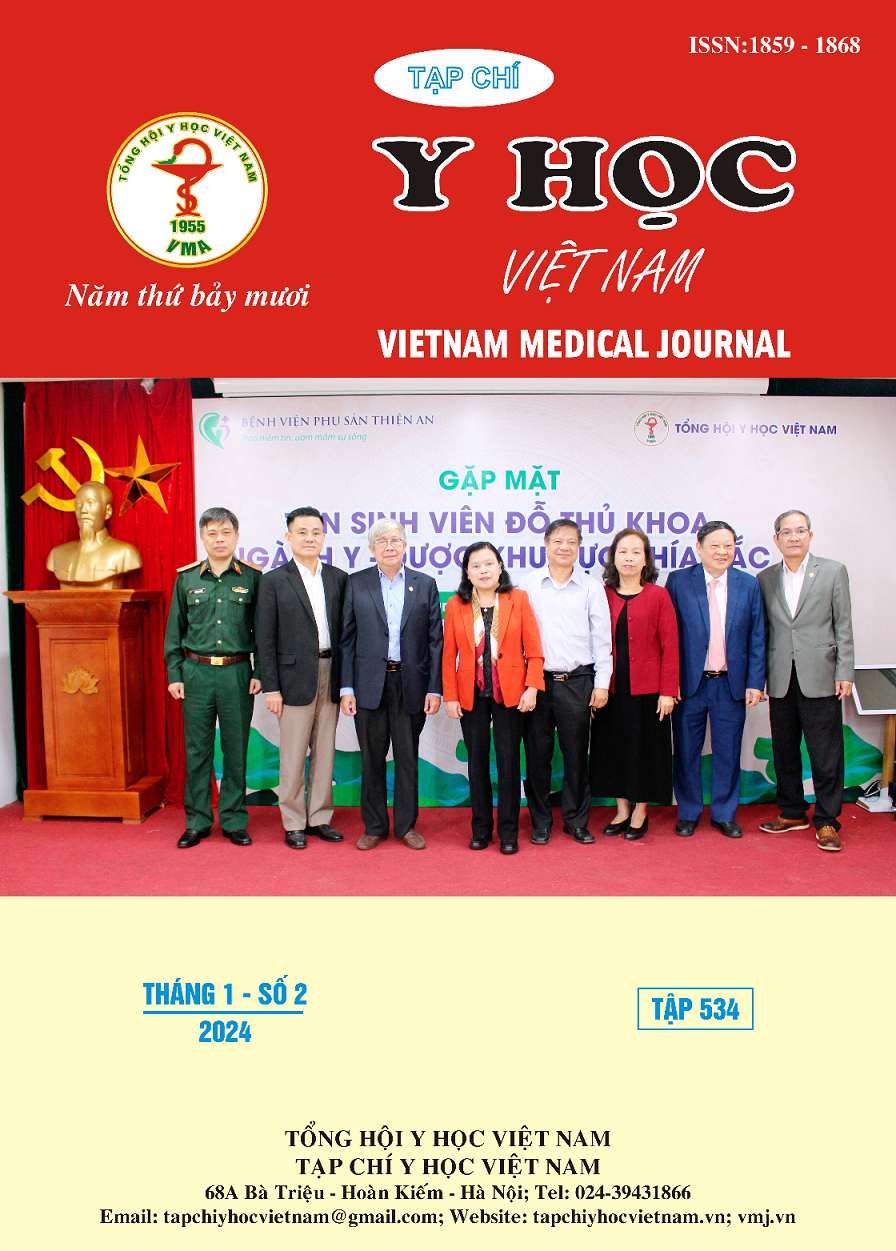RISK OF GASTRIC INSUFFLATION RELATED TO FACEMASK PRESSURE-CONTROLLED VENTILATION USING ULTRASOUND
Main Article Content
Abstract
Background: Insufflation of air into the stomach during induction of anesthesia in patients with apnea with an unprotected airway may be one of the causes of pulmonary aspiration of gastric contents. We sought to determine the level of inspiratory pressure minimizing the risk of gastric insufflation while providing adequate pulmonary ventilation. Methods: In this randomized controlled trial, patients were allocated to two groups (P10 and P20) defined by the inspiratory pressure applied during controlled-pressure ventilation: 10 and 20 cm H2O. Anesthesia was induced using fentanyl, propofol and rocuronium. Once loss of eyelash reflex occurred, facemask ventilation was started for a 90-second period while gastric insufflation was detected by real-time ultrasonography of the antrum. The cross-sectional antral area was measured using ultrasonography before and after ventilation. Respiratory parameters were recorded. Results: Fifty patients were analyzed. We registered statistically significant increases in incidences of gastric insufflation with inspiratory pressure, from 0% (group P10) to 28% (group P20). In group P20, detection of gastric insufflation was associated with a statistically significant increase in the antral area. Lung ventilation was still sufficient for group P10. Conclusion: Inspiratory pressure of 10 cm H2O allowed for reduced occurrence of gastric insufflation with proper lung ventilation during induction of anesthesia.
Article Details
References
2. Bouvet, L., et al., Clinical assessment of the ultrasonographic measurement of antral area for estimating preoperative gastric content and volume. Anesthesiology, 2011. 114(5): p. 1086-92.
3. Brimacombe, J., et al., Reliability of epigastric auscultation to detect gastric insufflation. British Journal of Anaesthesia, 2002. 88(1): p. 127-129.
4. Neelakanta, G. and A. Chikyarappa, A review of patients with pulmonary aspiration of gastric contents during anesthesia reported to the Departmental Quality Assurance Committee. J Clin Anesth, 2006. 18(2): p. 102-7.
5. Perlas, A., et al., Ultrasound assessment of gastric content and volume. Anesthesiology, 2009. 111(1): p. 82-9.
6. Perlas, A., et al., Gastric sonography in the fasted surgical patient: a prospective descriptive study. Anesth Analg, 2011. 113(1): p. 93-7.
7. Seet, M.M., K.M. Soliman, and Z.F. Sbeih, Comparison of three modes of positive pressure mask ventilation during induction of anaesthesia: a prospective, randomized, crossover study. Eur J Anaesthesiol, 2009. 26(11): p. 913-6.
8. Severgnini, P., et al., Protective mechanical ventilation during general anesthesia for open abdominal surgery improves postoperative pulmonary function. Anesthesiology, 2013. 118(6): p. 1307-21.


